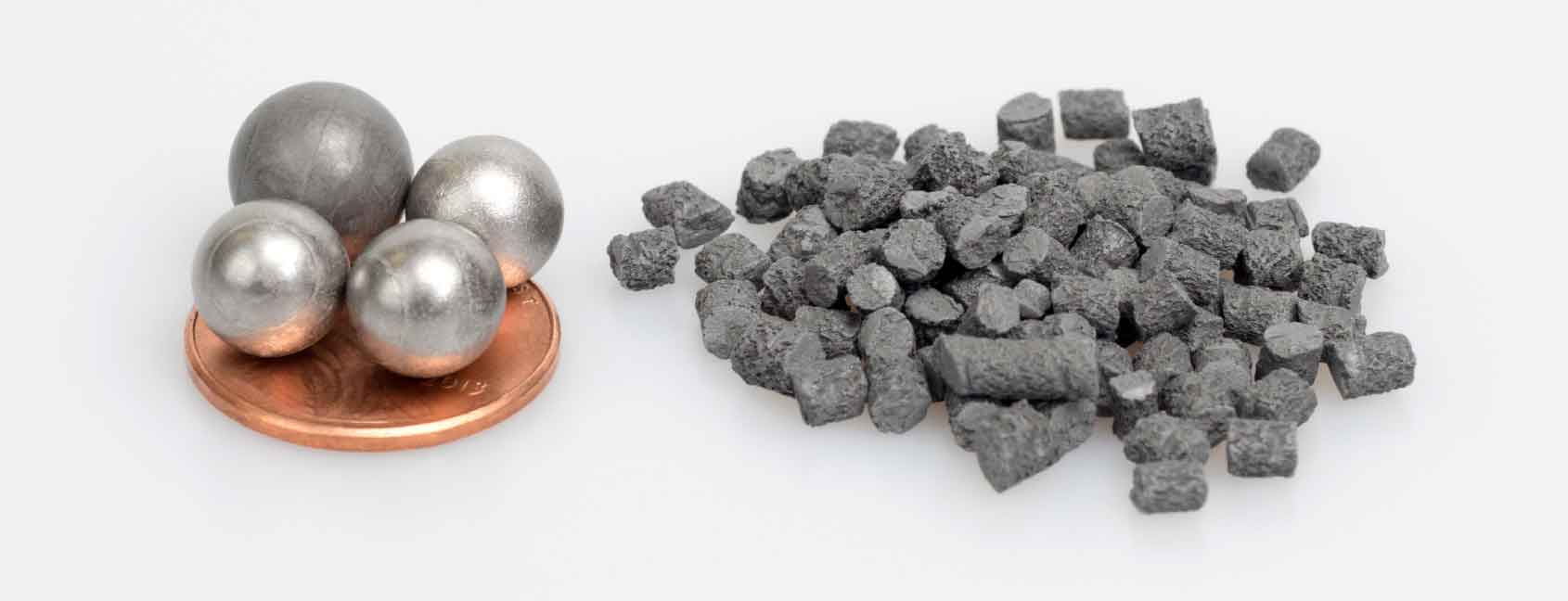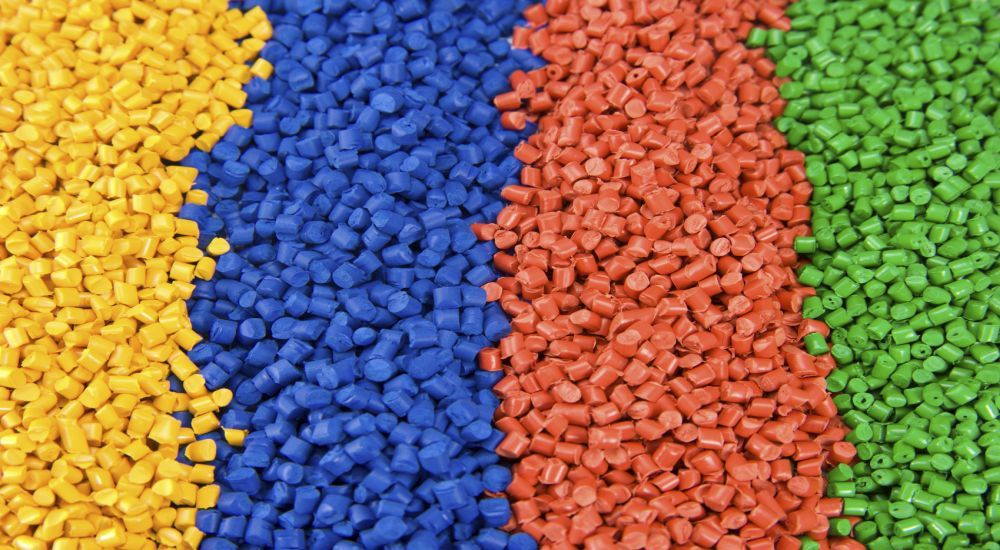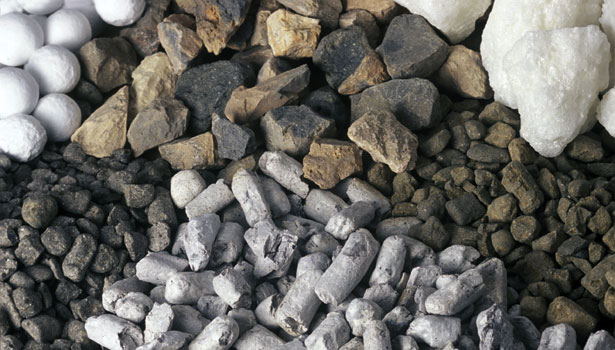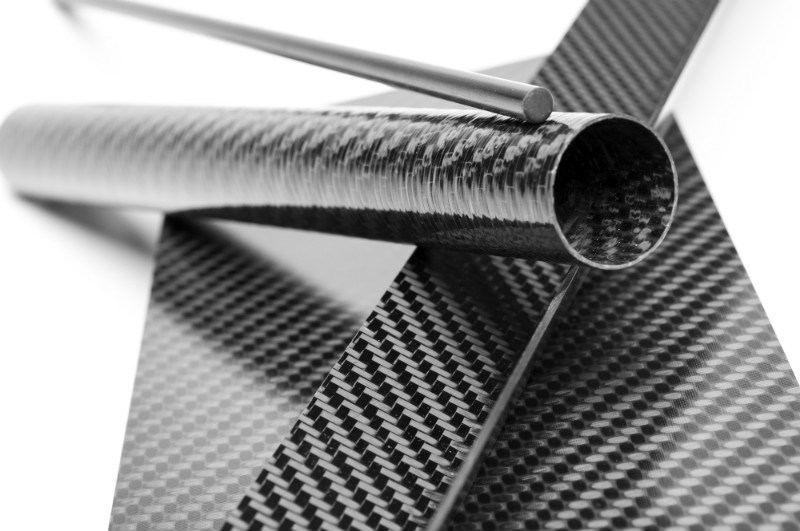In our daily life, when you see or use a product, have you ever wondering what is the material of that product and how it was made? Or as a product designer or engineer, have you ever had an issue in choosing the right material and manufacturing process to fabricate your product?
In general, materials that widely used in this universe are divided into 4 types, which are Metal, Polymers, Ceramic and Composite.
There are plenty of manufacturing processes that have been developed to form a product. Depending on the product design, quantity and application, choosing a right material and manufacturing process could be your lifesaver especially during the product development stage.
In this article, 4 different types of materials will be discussed and the most common manufacturing processes for each type of materials will be summarized for your reference.
1 Metal
There are many metals that you all might be familiar with such as copper, titanium, steel, aluminum etc. Metals may mix together with other elements especially metals to produce alloy, which has an improved mechanical property than pure metal.
All metals are good conductors in terms of heat and electricity.
1.1 Types of Metal
There are two types of metal, i.e. ferrous and non-ferrous. In simple word, ferrous metal contains iron and non-ferrous metals do not.

metal materials *
1.1.1 Ferrous metals
Ferrous metals include wrought iron, cast iron, steel, and carbon steel etc., where the iron is the main material composition but they differ in term of carbon content. Carbon is added to iron to harden the pure iron. However, high in carbon content could result in the parts are more vulnerable to rust. Stainless steel is well known of its high corrosion resistance due to the presence of chromium is added to iron content.
Advantage: Very good in tensile strength and durability.
Application: Most of the ferrous metals are magnetic which make them suitable for electrical and motor applications.
1.1.2 Non-ferrous metals
Non-ferrous metals include aluminum, copper, zinc, gold, silver etc. There is no iron in the composition.
Advantage: Higher corrosion resistance than ferrous metals. Also, they are more malleable than ferrous metals, which mean they are easy to be formed.
Application: Non-ferrous metals are non-magnetic, which is ideal for electronic and wiring applications.
1.2 Metal Forming Technology
Apart from metal can be welded and CNC machined, there are plenty of metal forming technology out in the market now. Below is the summary of the most common metal forming technology:
| No. | Metal Forming Technology |
| 1 | Sand casting |
| 2 | Die casting |
| 3 | Investment Casting |
| 4 | Metal injection Molding |
| 5 | Metal 3D Printing |
| 6 | Electroforming |
| 7 | Centrifugal Casting |
| 8 | Press Braking |
| 9 | Panel Beating |
| 10 | Metal Spinning |
| 11 | Metal Stamping |
| 12 | Deep Drawing |
| 13 | Forging |
| 14 | Roll Forming |
| 15 | Superforming |
| 16 | Tube and Section Bending |
| 17 | Swaging |
2 Polymers
The most well known term for polymer is plastic and rubber. Plastic can be classified in many different ways, such as chemistry, structure and behavior.
Polymers are formed by long chain of molecules. Different type of bonding of these molecules chain will affect directly on the flexibility/stiffness of the product.
2.1 Group of Polymers
There are 3 groups of polymers- Thermoplastics, Thermosetting and Elastomer.

polymers materials **
2.1.1 Thermoplastic
Thermoplastic can be reformed by heating, which means it can be re-melted many times and reshaped by heat.
Examples of thermoplastic are PMMA, ABS, PC, PE, PEEK, PVC, etc
2.1.2 Thermosetting Plastic
Unlike thermoplastic, thermosetting cannot be reformed by heating after cured. It will be burnt once it’s heated up again.
Examples of thermosetting plastic are epoxy resin, polyurethane, silicone resins, etc
2.1.3 Elastomer
Elastomer is a polymer that generally having elastic property. In simple word, what elastomer means “rubber”.
Examples of elastomer are natural rubber, silicone rubber, ethylene propylene rubber, etc.
2.2 Plastic Forming Technology
| No. | Plastic Forming Technology |
| 1 | Plastic Injection Molding |
| 2 | Vacuum Casting |
| 3 | Compression Molding |
| 4 | Rotation Molding |
| 5 | Blow Molding |
| 6 | Thermoforming |
| 7 | Reaction Injection Molding |
| 8 | Dip Molding |
| 9 | Plastic 3D Printing |
3 Ceramic
There are 2 categories of ceramics: crystalline and non-crystalline ceramics.
For most common crystalline ceramics, they are formed by heating together the materials, such as clays, silica and chalk. It includes engineering ceramics, pots, cups, bricks, and refractory materials.
The most common engineering ceramics are silicon carbide, silicon nitride, tungsten carbide, zirconia, diamond, etc. Engineering ceramics has a very high hardness, good wear resistance and high mechanical strength at high temperature but are very brittle. Common applications are cutting tools, gears, and ceramic turbine blades.
For non-crystalline ceramic, in a simple word, which is known as glass!
Also, ceramic can be mixed with metal to form cermet.

ceramic materials ***
3.1 Ceramics/Glass Forming Technology
| No. | Glass Forming Technology | Ceramics Forming Technology |
| 1 | Glassblowing | Ceramic Slip Casting |
| 2 | Lampworking | Press Molding Ceramics |
| 3 | Ceramics 3D Printing | |
| 4 | Clay Throwing |
4 Composites
Composites are the mixture of different materials to improve the mechanical properties. One of the materials is acting as a matrix while the other is acting as a reinforce agent. For an instance, carbon-fiber-reinforced polymer (Polymer is acting as matrix and carbon fiber as an reinforcer). It has a very high strength-to-weight ratio in comparison to steel and hence is widely used in car bodies (especially sport cars) and aerospace.
Another most common composite is concrete where cement is reinforced with steel rods.
Wood, shell and bone are categorized as natural composites.

composites materials ****
4.1 Composite Forming Technology
| Wood | Composites | |
| 1 | CNC Machining | Composite Laminating |
| 2 | Wood Laminating | DMC and SMC Molding |
| 3 | Steam Bending | Filament Winding |
| 4 | Paper Pulp Molding | 3D Thermal Laminating |
Reference
*Image from on http://polymertek.com
**Image from on http://www.balajipolymers.in/
***Image from on http://dakot.co.za
****Image from on https://beyondmaterials.com.au
